Long March 6A and Its Technical Characteristics
2022-10-29ZHANGWeidongYANGFanWUJialinZHOUChenghongSHENZiliCHANGDongfang
ZHANG Weidong ,YANG Fan ,WU Jialin ,ZHOU Chenghong ,SHEN Zili ,CHANG Dongfang
1 Shanghai Academy of Spaceflight Technology,Shanghai 201109
2 Aerospace System Engineering Shanghai,Shanghai 201109
3 Beijing Institute of Tracking and Telecommunications Technology,Beijing 100094
Abstract: China’s first solid-liquid bundled launch vehicle,the Long March 6A (LM-6A) successfully adopted a number of key new technologies,launching the Pujiang 2 and Tiankun 2 satellites precisely into their predetermined orbits,thus demonstrating that China has mastered solid-liquid bundled launch vehicle technology and has a new member in the new generation launch vehicle family.For the first time in China,a booster adopted a 2 m-diameter solid motor and a 270 V,20 kW high-voltage and high-power electric servo system was used to control the swing of the solid motor nozzles.A health diagnosis system for the core first stage engine and unattended automation technology were also adopted for the first time.
Key words: Long March 6A,solid booster binding and separation,attitude control,unattended technology
1 OVERVIEW
In order to fill the gap in the spectrum of the new-generation launch vehicles and optimize their capabilities,while promoting the upgrade of China’s launch vehicles,the Long March 6(LM-6A) modified medium-sized launch vehicle series was established.The design concept of universalization,seriation and modularization was adopted,so a full spectrum of launch vehicles could be realized by bundling different numbers of solid boosters and common core stages.Among them,the LM-6A launch vehicle became the baseline and hence priority development,which was mainly used for low-Earth orbit and sun-synchronous orbit launch missions.The first flight of the LM-6A was launched from the Taiyuan Satellite Launch Center on March 29,2022,which was the 412th launch of a Long March series launch vehicle (Figure 1).
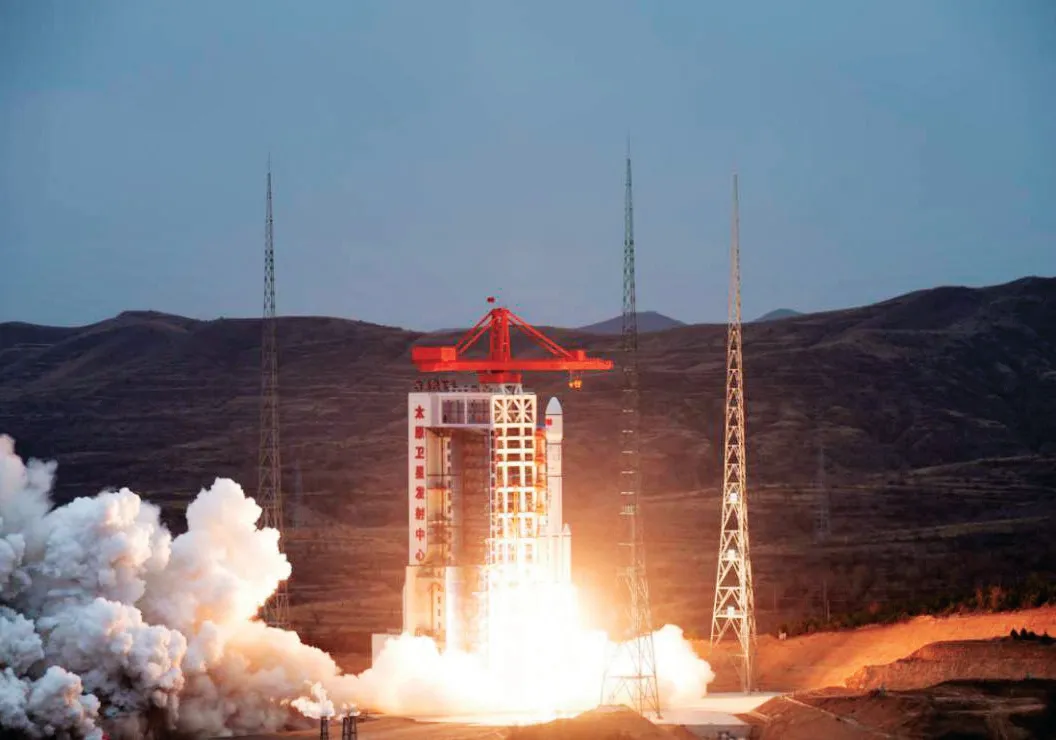
Figure 1 LM-6A launch vehicle makes its maiden flight
As China’s first solid-liquid bundled launch vehicle,the LM-6A launch vehicle signified a number of key technological breakthroughs such as an overall optimized design,prediction of the whole rocket force thermal environment,a 2 m-diameter segmented solid motor,the connection and separation of solid boosters,solid-liquid bundled rocket joint attitude control and high-reliability connectors.It solved the problems of a reliable connection and safe separation of the solid boosters,attitude stability control during flight,long-term reliable operation of two-stage solid motors and an unattended launch site,providing rich experience for the development of solid-liquid bundled rockets in China.
2 BRIEF INTRODUCTION TO LM-6A
The LM-6A launch vehicle adopts a two-and-a-half-stage configuration and bundles four solid boosters.The total length of the whole rocket is 50 m,the take-off thrust is 720 t,and the take-off mass is 530 t.The layout of LM-6A launch vehicle is shown in Figure 2.

Figure 2 The layout of LM-6A launch vehicle
The diameter of the first stage is 3.35 m.Two YF-100GAII liquid oxygen/kerosene engines each with a thrust of 120 t were adopted.The two-way swing of the engine provides control torque.The oxygen tank is on the top,and a self-generated pressurization scheme was adopted.The kerosene tank is on the bottom,and a normal temperature helium gas pressurization scheme was adopted.
The diameter of the second stage is 3.35 m.One YF-115GIA liquid oxygen/kerosene engine with a thrust of 18 t was adopted.The engine swings in both directions to provide control torque.The second stage is equipped with an independent reaction control system to complete the tasks of rolling channel control,terminal speed correction,and attitude adjustment in the taxiing section of the main flight.
Four solid boosters with a diameter of 2 m each are bundled around the core stage.A single booster adopts a FG-112 segmented solid motor with a thrust of 120 t,with an omnidirectional swing flexible nozzle and an electromechanical servo system to augment the attitude control of the whole rocket.The booster is connected to the core stage through front and rear binding connecting devices,and is separated from the core stage by side thrust rocket.
The diameter of the fairing may be 3.8 m,4.2 m,5.2 m and other sizes.The satellite fairing of the maiden launch mission was 4.2 m in diameter and 11 m in length.It was composed of a ball head,a von Karmen section,a barrel section and an inverted cone section.The connection was unlocked by explosive bolts in the horizontal direction,and unlocked by the linear device and explosion bolts in the longitudinal direction.A rotary separation scheme was adopted,where the separation energy was generated by a spring thruster.The fairing was made of full wave-transparent composite material,which could meet the needs of omnidirectional long-distance communications during satellite testing.In proportion to the size of the satellite,satellite fairings of different diameters and different lengths can be selected.Figure 3 shows the LM-6A launch vehicle is being tested at TSLC.

Figure 3 LM-6A launch vehicle is being tested at TSLC
The whole rocket adopted a four-point support scheme by core stage tail section,and a main force transmission scheme by rear binding.
3 MAIN TECHNICAL FEATURES
The core stage of the LM-6A rocket adopts liquid oxygen kerosene engines,and the boosters adopt solid motors,thus optimizing the technical advantages of the solid motor’s large thrust and the high specific impulse of the liquid engines.The solid booster motors adopts a two-stage configuration which is the first time in China,with a charge of 58 t and an operating time of 115 s,which is the longest in China.
For the first time in China,270 V,20 kW high-voltage and high-power electric servo systems were used to control the swing of the solid motor nozzles,enabling joint swing control of the solid-liquid bundled rocket core stage and the booster,thus solving the control issues of any unbalanced thrust and asynchronous shutdown of parallel solid booster motors.
A core first stage engine health diagnosis system was set up.If the ignition process of the core stage liquid engine is abnormal,an emergency shutdown would be automatically implemented,which improves the launch safety.
After low-temperature propellant is filled,the launch field is unattended,which also improves the safety of the launch site and the ability to deal with failures.
3.1 Solid Booster Binding and Separation Technology
Although the binding and separation mechanisms of a solid booster and a liquid booster have certain similarities in function and load conditions,there are still large differences in specific engineering practices.
The LM-6A rocket adopted a rear main force transmission scheme.The main binding point on the booster side is located in the solid motor barrel section.A plug-in structure could not be designed in the internal space,as the booster will be in a full assembled state when docking with the core stage,its weight is far more than that of unfilled liquid boosters,so the binding device needed to be designed with a greater deformation compensation capability.The solid booster still has some after-effect thrust at the moment of unlocking,hence the mechanical environment in which it is located is more complicated,and the influence of various disturbances needs to be considered.Figure 4 shows the solid booster binding.
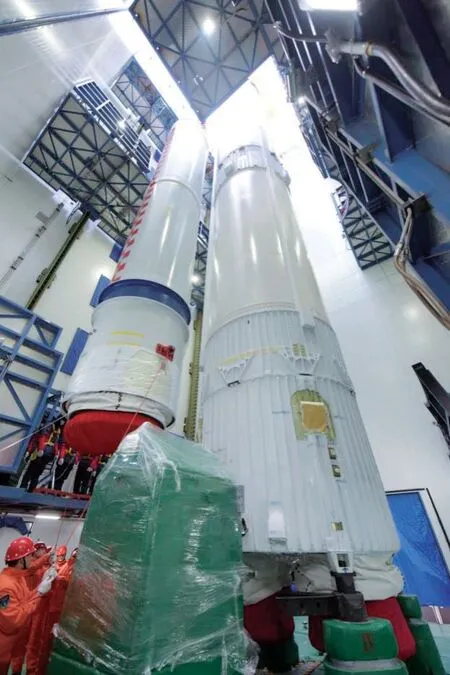
Figure 4 Solid booster binding
Based upon a full investigation and optimization demonstration,the solid booster separation scheme,a separation strategy was determined,and the design and verification test of the main and auxiliary binding point connection and unlocking mechanism were conducted (static test of structural parts,development and identification test of pyrotechnic parts,etc.).Considering the deviation conditions of solid motors such as after-effect,thrust line deflection,simulation analysis and review of booster separation were conducted to ensure the correctness of design,the final design of the solid booster connection and unlocking device passed the core stage and booster binding joint static test and structural assessment.A solid booster separation test system was built to support three ground booster separation tests.The test results matched well with the separation simulation calculation,so verifying the correctness of the booster separation scheme.
3.2 Large Diameter Two-stage Solid Booster Technology
As a medium launch vehicle used solid booster for the first time in China,segmented docking is a key technology in solid motor design along with segmented connecting,sealing,thermal insulation and propellant loading.
According to the characteristics of the segmented motor’s hull segmentally connected structure,the most suitable connection type was an optimized U-shaped part and radial pin.According to the characteristics of segmentally connected thermal insulation layer,an optimized J-shaped thermal insulation docking structure was adopted.Simulation models were respectively built for the analysis on force and deformation of the segmentally connected hull and force of the thermal insulation docking process.
Through analysis of the motor design,development and firing test of a1 m two-stage solid motor and a2 m threestage solid motor were conducted,which verified the feasibility of the segmented solid motor docking design.
Based on the development of a scale model segmented solid motor,5 full-scale motor firing tests (Figure 5) with associated servo systems were successfully conducted during the research and developing process.
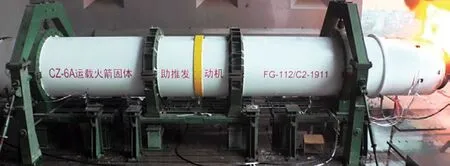
Figure 5 Solid motor full-scale testing
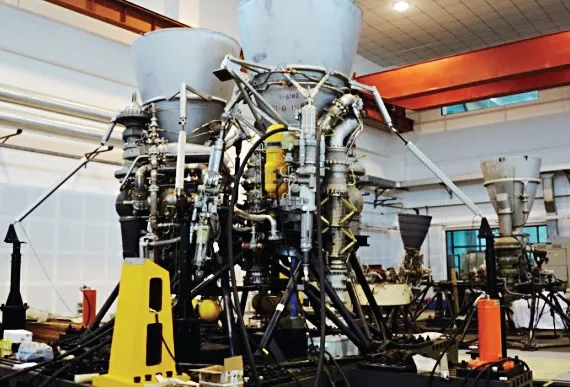
Figure 6 LM-6A control system semi-physical simulation test
3.3 Attitude Control Technology of Solid Bundled Rocket
The stability of the rocket flight attitude is an important part of the feasibility of the scheme design.After the liquid core stage is bundled with the solid boosters,in order to ensure the stability of the attitude,the boosters and the core stage are required to participate in the stability control of the whole rocket at the same time.It is necessary to establish an accurate attitude dynamics model to analyze the time deviation,asynchronous shutdown,comprehensively evaluating the impact on the attitude control system,while determining a reasonable engine/motor swing scheme;it was necessary to study the dynamic characteristics and elastic modal coupling of the two solid-liquid engine-servo system loops.Finally,the feasibility of the scheme was verified through frequency domain and time domain simulations.
According to the characteristics of LM-6A,the key technical work of joint swing attitude control of the solid-liquid bundled rocket was carried out,and the coupling analysis of the main three channels and the design of the joint swing control distribution scheme were conducted.Through the multi-variable frequency domain analysis method,the three-channel coupling analysis was completed.The three-channel diagonal dominance was good,and the attitude control design could be completed based on the main diagonal element.A reasonable and feasible three-channel control scheme was proposed,including core-assisted distribution and servo control distribution.
The design of a stable control system was completed and verified by mathematical simulation.The simulation results confirmed that the joint swing control scheme was correct and the network design results were reasonable.In view of the problem of asynchronous thrust of the four solid motors,the influence analysis of attitude control was completed from two aspects,namely,take-off drift and control ability,to meet the index requirements.Figure 6 shows the LM-6A control system semi-physical simulation test.
3.4 High-power Electromechanical Servo System Technology
The solid booster uses a flexible nozzle with an omnidirectional swing which participates as an integral part of the whole rocket attitude control.Because of the high shaking moment,it needs a high-power electromechanical servo system.The space around the flexible nozzle being narrow and the environment being server,thus,adopting an integrated scheme with the servo motor and transmission mechanism could achieve the goal of small size with high specific power to meet the required performance.
Aiming at high-power,small-size and high-precision,the LM-6A solid booster servo system adopts the dual core MCU servo control technology,achieving a twin channel 1553B communication by a FPGA and achieving the precise closed loop control of the 30 kW permanent magnet synchronous motor by a DSP.A control algorithm with anticipatory compensation +dual band-notched filter was used to achieve the high-precision and high-dynamic motion control of the solid motor nozzle,along with a 270 V high-voltage,high-power lithium ion battery to provide reliable power for the solid servo system.
During the servo system R&D process,a joint swing test of a servo system with lithium battery and solid motor (Figure 7)was conducted,enabling a reliability growth test and reliability enhancement test of the controller and servo mechanism to be completed.This fully tested the operating parameters under complex and extreme environmental conditions,confirming the product reliability evaluation index was better than 0.9997.
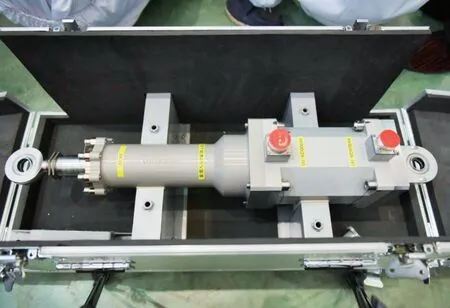
Figure 7 Servo mechanism of solid booster
3.5 Unattended Technology
In order to achieve the goal of unattended operation,further improvements of the automation level and reliability of rocket launch were necessary.This included improvement of the safety and rapid response capability to deal with fault states,enabling the complete system design with an launch site unattended,after liquid oxygen filling was completed,meeting the requirements during the launch process.
China has achieved the automatic docking and detachment technology needed for the core stage liquid oxygen and kerosene filling and draining connectors,along with the core stage liquid oxygen,kerosene filling and draining connectors plus the automatic detachment fairing air-conditioning and air supply connector technology,enabling operation within zero second of take-off for the first time.
The core first stage filling and draining connector could realize automatic docking,automatic detachment recovery,and automatic docking again after detachment recovery.The tail service device set on the launch pad enables the protection function cutting off the take-off gas flow after the connector is detached and recovered.It can be adapted to different launch procedures as needed.
The zero-second detachment of the core-second-stage filling and draining connector and the air conditioner connector is composed of a main structure of the connector,a suspension cable,a suspension fixed point,a detachment cable and a detachment cylinder.By utilizing a pulling detachment cable,anti-rebound cable and falling support cable,multiple redundancies ensure the reliability of zero-second take-off and falling off capability.The air conditioner connector of the fairing can be removed in zero second,which can ensure the temperature and humidity conditions for the whole process to protect the satellite.
4 FUTURE DEVELOPMENT PROSPECT
The LM-6A launch vehicle successfully made its maiden flight,and will be used as China’s main workhorse for one-rocket one-satellite and one-rocket multi-satellite launch missions to low-Earth orbit and sun-synchronous orbit thus meeting the urgent needs of on-demand launches of various spacecraft.
In accordance with the principles of the overall plan and distributed implementation,while the LM-6A was being developed,the research and development of other configurations of the LM-6 modified series was being carried out simultaneously.In terms of overall design,system plan,test verification,product integration,etc.,other configurations of multiple dimensions were taken into account,so as to realize the gradual and coordinated development for each configuration.According to the requirements for different launch missions,a series of solutions can be formed through the combination of basic modules for the launch missions for low-Earth orbit and sun-synchronous orbit.A variety of configurations will be put into use in the future.
杂志排行
Aerospace China的其它文章
- Space Elastic Modal Modeling and Control of A New Generation Solid Bundled Rocket
- Study on the Effect of Solid Particles on Jet Flow and Base Thermal Environment for Solid-Liquid Bundled Rocket
- Research on Modal Test Technology of LM-6A Solid-Liquid Strap-On Launch Vehicle
- Research on Key Technologies of Segmented Solid Rocket Booster
- Research and Application of High-Voltage Power Supply and Distribution on Launch Vehicle
- Application and Research of High-Power Electric Servo System on Launch Vehicle
